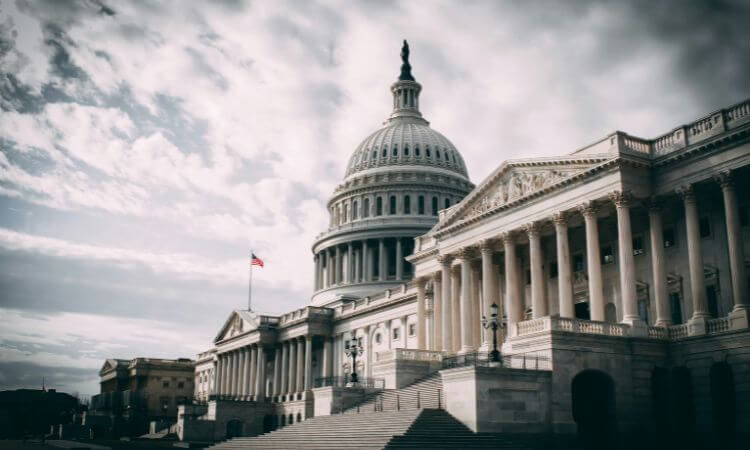Grade inflation happens when teachers knowingly give a student a mark higher than deserved. It can also happen indirectly, when the level of difficulty of a course is deliberately lowered so students achieve higher grades.
The practice threatens to undermine the quality of a university degree and the prestige of higher education.
Is it happening in Australia and if so, why?
To better understand grade inflation, we sought the opinions of those closest to the phenomenon: university teachers. The findings of our survey were recently published in the Journal of Academic Ethics.
Increases in grades
Over the past 50 years, many countries have reported an increase in higher university grades. This includes the United States, United Kingdom, Germany and Australia.
For example, a 2024 Australian report found a 234% increase in the number of distinction grades awarded to students at the University of Sydney between 2011 and 2021.
But are grades improving due to changes in teaching and student performance, or rather is marking generally more lenient to keep students happy?
Our study
To investigate the causes of grade inflation in Australian universities, we surveyed lecturers and tutors who have direct contact with students, teaching them and marking their work.
Our main question was:
[What is] your opinion regarding grade inflation? Does it occur, and if yes, why, and how does it impact the student, profession, institutional reputation, society, and yourself?
In July 2024, we sent the survey to the deans (heads) of research at all Australian universities, asking them to distribute it to their academics. Academics then had two months to answer the questions.
In total, we had 110 respondents, of which 88 answered all the questions of the survey. The majority were aged 31-55 (55%), women (56%), born in Australia (about 70%), with more than five years in academia (more than 80%). There were more respondents from regional Australia (44%) than from urban locations (24.5%). About 30% had experience in both types of locations.
The disciplines most represented were legal studies (37%), education (21%), science, nursing and psychology (each around 7%).
Overall opinions
The majority (73%) said they had seen grade inflation in their universities.
Academics’ dominant feelings about grade inflation were frustration (50% of respondents), powerlessness (44%) and dissatisfaction (31%).
Of those surveyed, about 11% were indifferent and 7% were satisfied with the situation they experienced around grade inflation.
The fact that many academics surveyed felt frustrated and powerlessness indicates they do not inflate grades willingly. Previous studies have suggested university management encourages grade inflation as students are seen as clients and they want to keep the client happy.
Pressure from university administration
Our respondents supported this idea. Most said grade inflation was due to student evaluations – and the role they play in management decisions about staff.
Student evaluations are anonymous questionnaires completed by students after the course about their teachers’ performance. Studies, including those in Australia, have shown the results can be insulting and even abusive, often a “punishment” of unpopular teachers. These studies also question students’ capacity to objectively assess the quality of their educators.
Because students evaluations are commonly used in promotion and retention decisions, this means teachers may inflate grades to get positive evaluations. One respondent to our survey explained the link between these evaluations and grade inflation:
there is a lot of pressure […] as students will often provide strong negative feedback in [student evaluations].
Other academics similarly lamented how the quality of their teaching was assessed “based on student surveys”. Or as another academic told us:
Everyone I know who admits to grade inflation cites student evaluations, promotion, and workload as drivers.
Complaints generate more work
On top of this, if a student complains about their grade, there is automatically more work for an academic who needs to review it and potentially respond to seniors or others in university management. As one academic admitted:
I have inflated grades slightly for students who have failed the course by less than two marks. This saves hundreds of hours of work time.
In this climate, university teachers told us they do not feel supported if a student challenges their grades. They reported it was “very hard” to fail a student and described a “fear” of students’ reactions.
The customer is always right and if they are not happy, you are asked to grade again.
Is it always a problem?
Some respondents justified grade inflation as an acceptable trade-off when done to a limited extent, or as something morally neutral. As one noted, higher grades are the result of more people studying at university:
It is simply a corollary of shifting from tertiary education for the elites to tertiary education for the masses. It is no big deal.
Another said if the increase was small – depending on the context – it would not make a big difference.
1–5 marks do not make a significant difference on professional competence for some course content.
Only three respondents presented grade inflation in a positive light, as an act of social justice or compassion. As one noted:
Students experience many competing demands and many experience mental health issues. Teachers need to be compassionate to students’ situation.
An honest discussion is needed
While countless studies debate grade inflation, ours was the first to invite academics to express their feelings. Despite the relatively small sample, the survey suggests a worrying picture of a frustrated and at times, fearful academic workforce.
Meanwhile, the extent of grade inflation reported raises questions about the quality of some degrees, and more generally about the culture of learning in Australian universities.
To maintain the quality and reputation of higher education in Australia, we need to have an open and honest discussion about grade inflation in our universities.
The article has been republished from The Conversation under the Creative Commons license. Read the original article.




